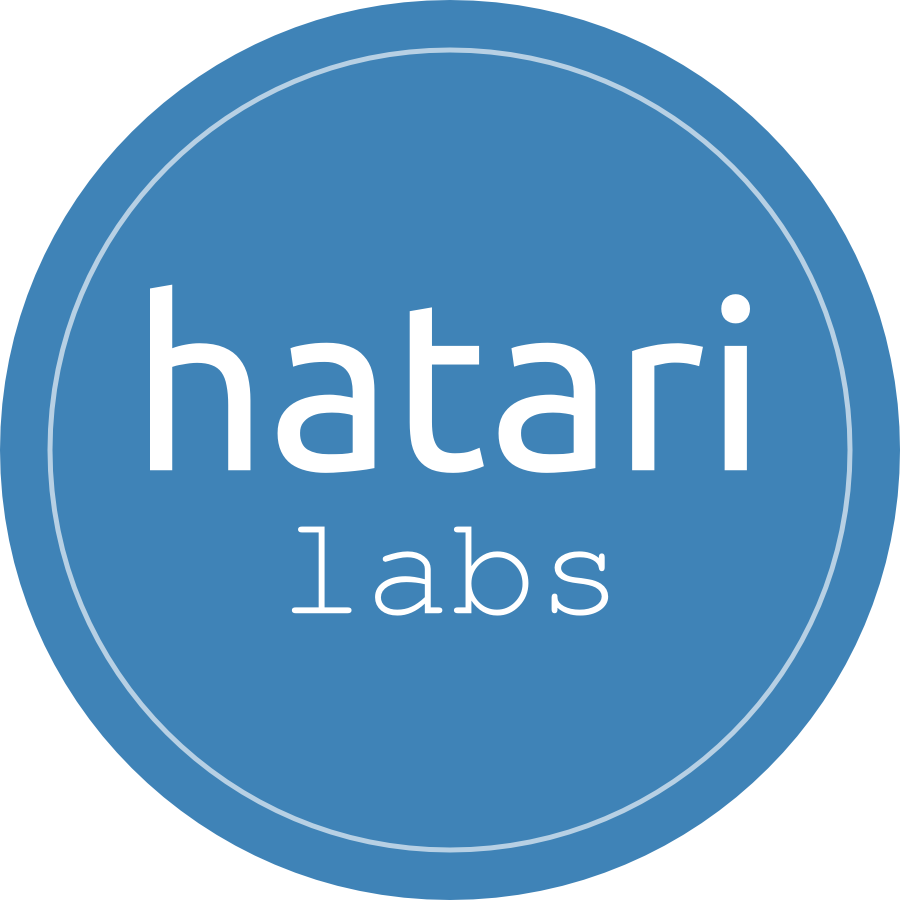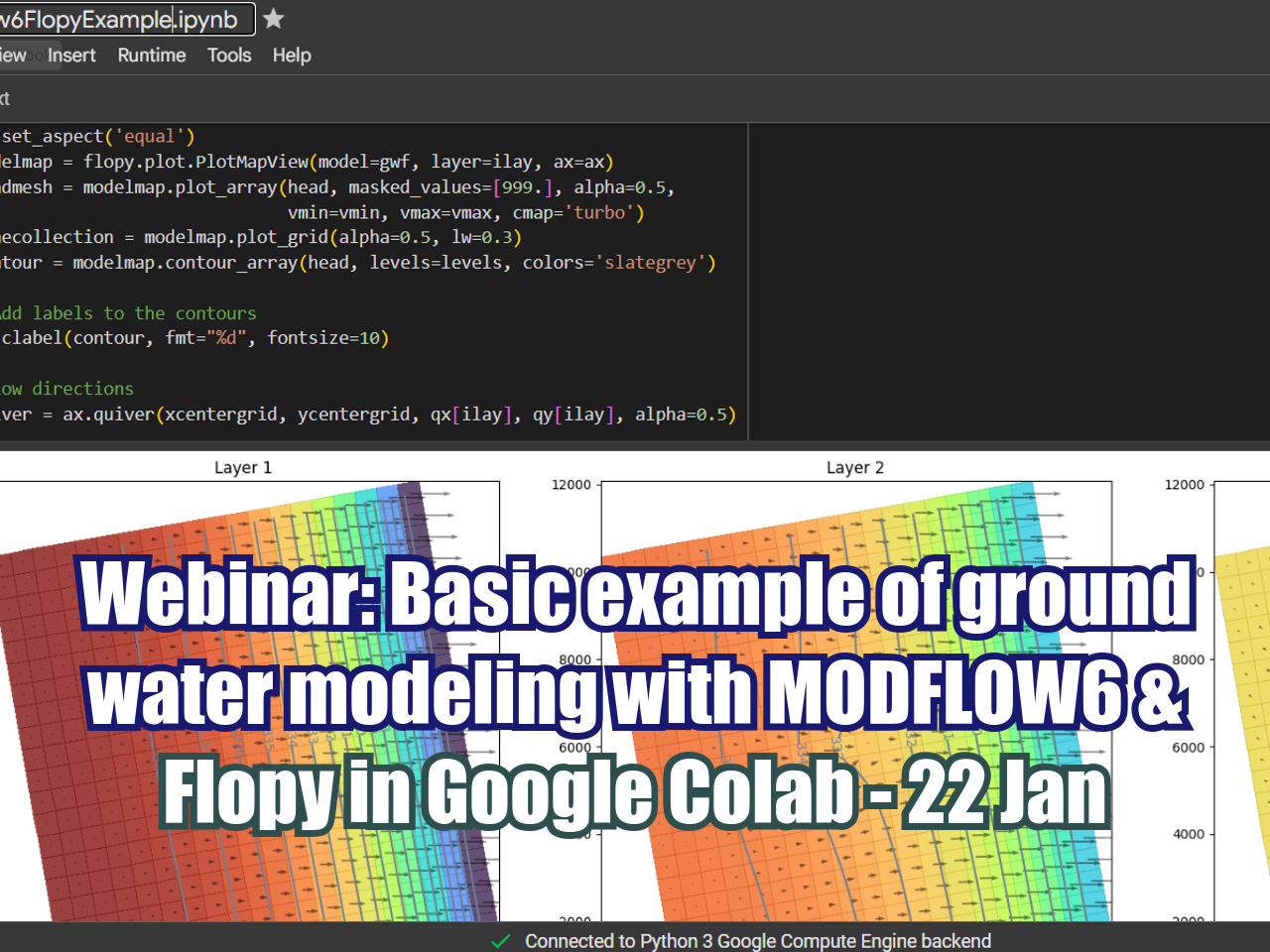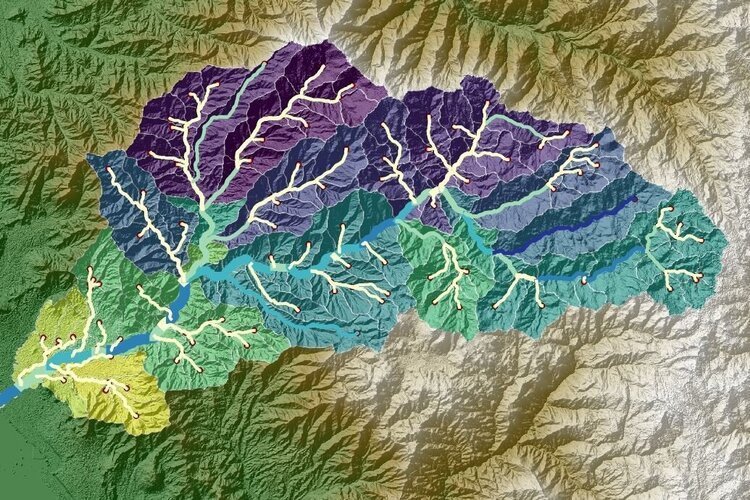Geological modeling of horizontal sedimentary layers with Gempy and Aquifer App - Tutorial
/The coupling of Python scripts with the Aquifer App platform allows us to generate geological models with a versatility not seen before. This is a basic example of geological modeling of two horizontal layers in Aquifer App that can create models using Gempy. The tutorial also makes a 3D representation of the contacts and orientations of the layers in a Jupyter notebook for better analysis of the geological sequence.
Read More























